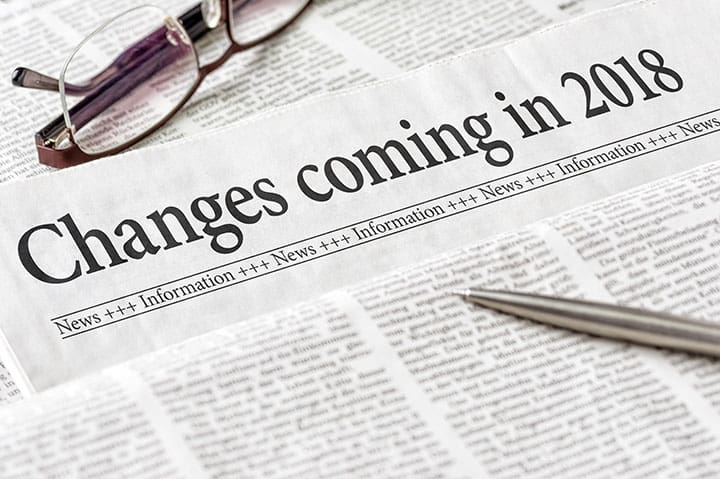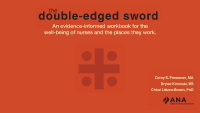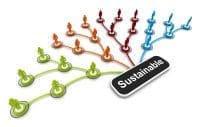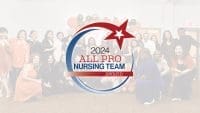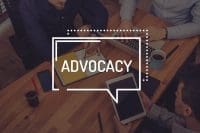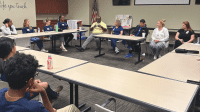Successful change requires new skills and levels of understanding.
I recently spent an invigorating day with several nurses and clinical leaders from a diverse group of hospitals in the Los Angeles area who assembled at a roundtable called “Transforming Performance System Wide: Spark a Change Reaction.” Sharing similar challenges (such as staffing and retention) and conundrums (cost cutting), the discussion focused issues on three levels: as individuals, as a department or nursing unit, and as a system. Everyone agreed that something has to change. As nurses, what new skills do we need to deal with it all?
Serving as the group’s facilitator, I was struck by the candor and common themes that quickly emerged. The top four themes:
- We want things to change.
- We talk about the need for change.
- We sometimes despair that things may never change, at least not the way we think they should.
- Regardless of hospital location or professional role, the challenges are similar.
What’s a spark?
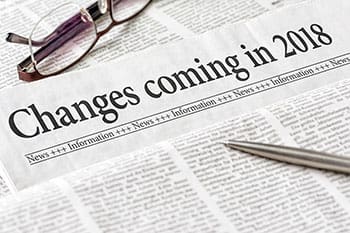 A spark is a catalyst that fuels an inspiration or creates an incentive. What’s sparking change in healthcare today seems to be big forces, such as healthcare reform, new legislation, and shifts in reimbursement. Nursing responds or reacts to the mandates in different ways.
A spark is a catalyst that fuels an inspiration or creates an incentive. What’s sparking change in healthcare today seems to be big forces, such as healthcare reform, new legislation, and shifts in reimbursement. Nursing responds or reacts to the mandates in different ways.
Change impact on nurses
I asked how nursing could spark real transformation from a thought or idea. What does it take to develop an innovative concept into a chain reaction of process change that ultimately improves patient care across an entire hospital or even a large system? It takes new skills and new levels of understanding.
The hospital merger trend, which began a decade ago in response to financial and other pressures, seems to be reaching its peak. The ensuing integration processes force changes—often chaotic changes—such as juggling competing interests and priorities and addressing differences in culture, geography, and patient demographics. Clinical leadership and bedside staff usually bear the brunt of it all. The reality of the personal struggles and the stories of the impact on clinicians and leaders would fill volumes of American Nurse Today.
Ultimately, a common theme emerged that I’ve spoken and written about for decades: Healthcare changes must be bottom-up endeavors. To be effective, improvement has to be grounded in implementation strategies based on both quantitative data and qualitative observations about frontline impact. I used an exercise to demonstrate how we observe our work and the world through our own unique lenses. Everyone paired up, stood back to back, and followed the same set of instructions to fold and tear a piece of paper; the partners couldn’t face each other or talk. Not one team folded and tore the paper in the same way! How we translate what we hear into action is influenced by what we know, what we’ve done in the past, or what we believe. Change has to capture this human factor but usually doesn’t; that’s one of nursing’s frustrations.
What did we learn?
This exercise led the roundtable group to discover that to achieve positive change, especially when everyone reacts to change differently, we have to develop certain skills. Here’s what they came up with:
- Master observational skills. Observe without bias. Document what you see, not what you think you see. Better understanding of work patterns helps us better understand how change might disrupt them.
- Document differently. To understand the culture in which you work and what team members value, learn how to document qualitative information as diligently as quantitative data. Mergers, acquisitions, and other new structures disrupt culture. Plan for it. Document it.
- Learn the similarities within a team and use them to generate cohesiveness during the change process.
We also learned that sparks create fire, and fire creates energy. Energy and enthusiasm help us enjoy the change journey. New skills and levels of understanding unify the path forward.

Lillee Gelinas, MSN, RN, CPPS, FAAN
Editor-in-Chief
lgelinas@healthcommedia.com
ant5-Gelinas-413

